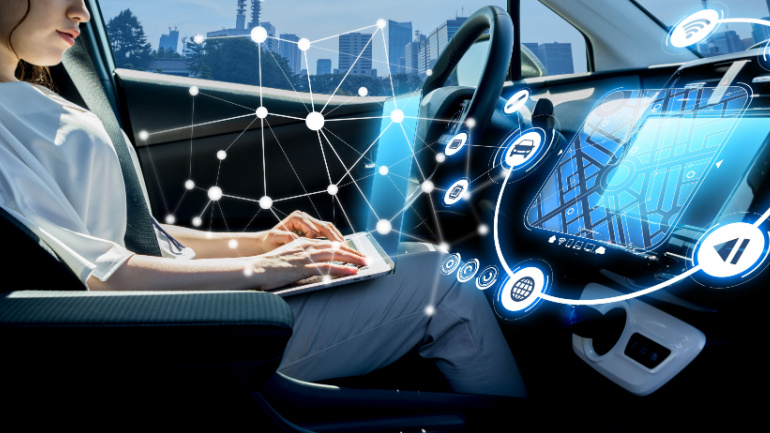In a giant leap forward towards greater integration between our vehicles and residential spaces, Hyundai Motor and Kia have unveiled plans to blur the lines between mobility and living spaces. Their aim is to consolidate home and car connected services under a single platform, ushering in a new era of convenience and connectivity for their customers.
Hyundai and Kia, two prominent auto manufacturers, have partnered with Samsung Electronics to embark on this cutting-edge initiative. This collaboration holds immense potential to transform the relationship between our homes and our cars by introducing ‘Car-to-Home’ and ‘Home-to-Car’ services.
The ‘Car-to-Home’ service promises remote and touch-based control of various home appliances using voice commands given while driving. On the other hand, the innovative ‘Home-to-Car’ service would let users monitor vehicle status, manipulate functions and handle charging, all from the comfort of their home.
As Chanwoo Park, executive VP at Samsung Electronics, explained, “This collaboration will enable communication from Home-to-Car and integrated home energy management services that are optimized for future lifestyles.” It’s abundantly clear this partnership aims to redefine the driving experience.
There’s also good news for those wary of updates and potential interruptions in services. Customers will enjoy smooth connectivity with over-the-air (OTA) and USB-based updates, ensuring seamless services at all times.
Considering the direct benefits to motorists, Hyundai and Kia customers will be able to control their digital home appliances via touch and voice commands, all through the vehicle’s in-car infotainment systems. Furthermore, by leveraging the power of AI speakers, TVs, and smartphone apps, they will gain remote control over a variety of vehicle functions.
A crucial component of this transformation is the integration of Hyundai and Kia’s connected car services and Samsung’s Internet of Things (IoT) platform, ‘SmartThings’. This organic integration exemplifies advancements in the IoT sector and paves the way for a more connected and integrated future.







